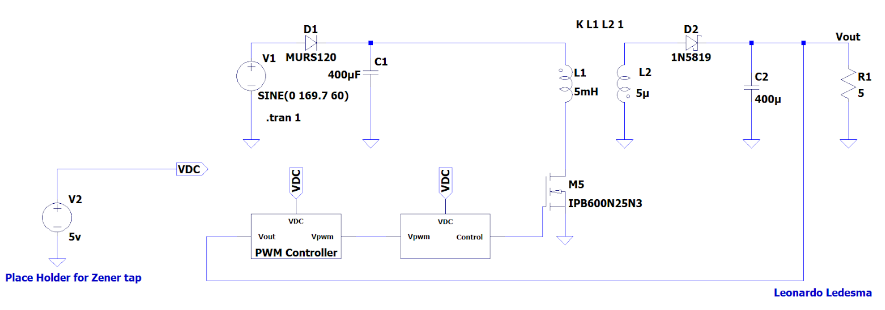Flyback Switching Power Supply
Switching power supplies, also known as switch-mode power supplies (SMPS), are electronic devices that convert electrical power from one form to another. Unlike traditional linear power supplies, which use a linear regulator to regulate voltage, switching power supplies use a switching regulator to regulate the voltage.
The basic principle of a switching power supply is to switch the input voltage on and off at a high frequency using a switching device such as a transistor. This generates a high-frequency signal that is then filtered and rectified to produce the desired output voltage. By using a high-frequency switching signal, switching power supplies are able to achieve high levels of efficiency, as they waste less energy as heat than linear power supplies.
Switching power supplies are commonly used in a wide range of electronic devices, from computer power supplies to mobile phone chargers. They are also used in industrial applications where high levels of efficiency and reliability are required.
One advantage of switching power supplies is their compact size, which makes them ideal for use in portable electronic devices. They also tend to be more reliable and durable than linear power supplies, as they generate less heat and are less prone to failure. However, they can be more complex to design and more expensive to manufacture than linear power supplies.
Overall, switching power supplies are a versatile and efficient way to convert electrical power from one form to another, making them an important component in many modern electronic devices.
